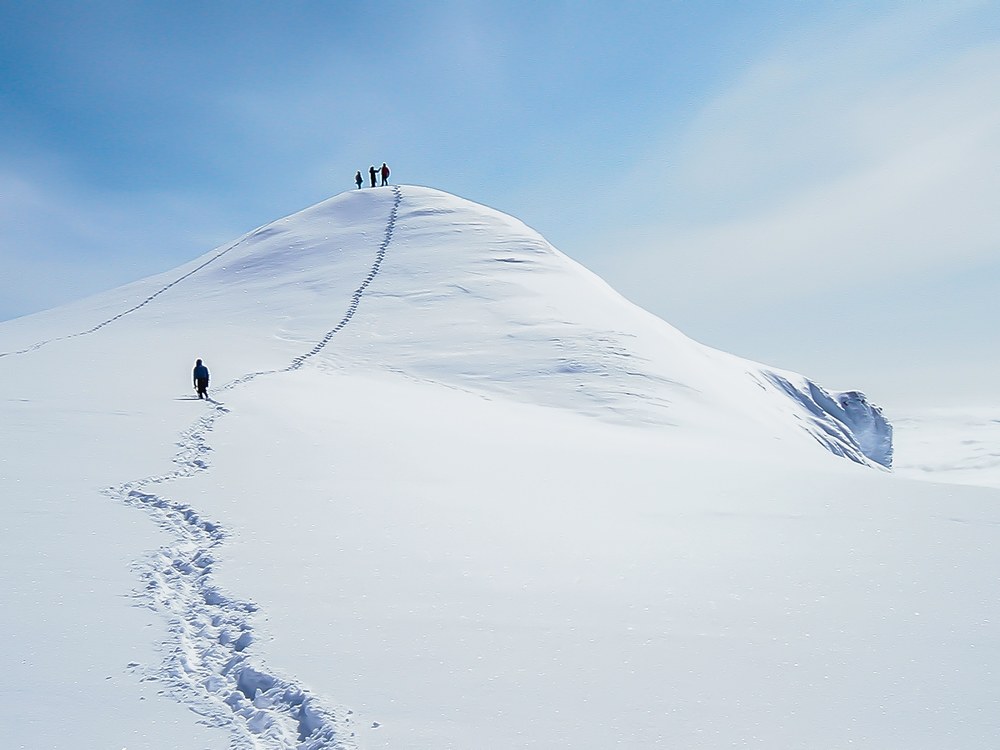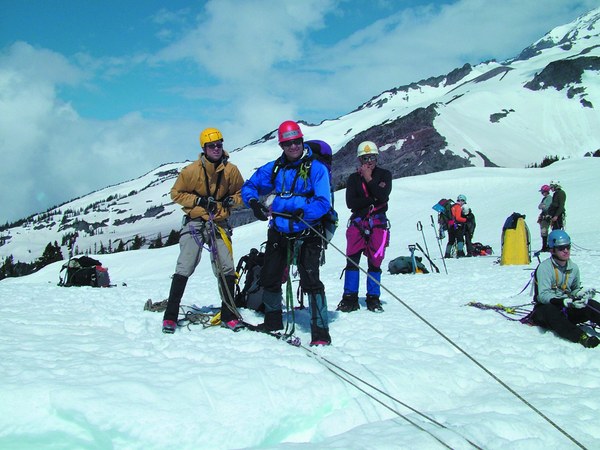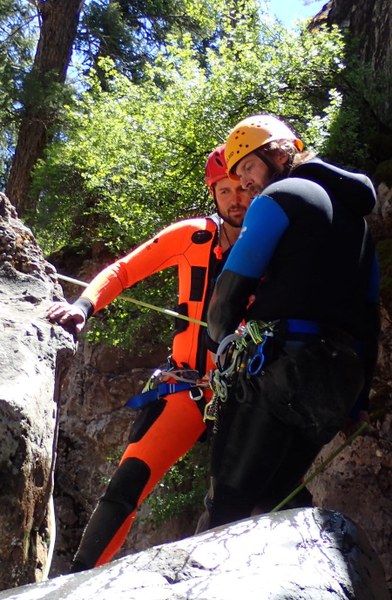
What happens if a student isn’t able to demonstrate proficiency in a skill? What if a student has demonstrated the skill, but fails to do so during a test? When is good enough good enough, and when is an error sufficient to fail a student? When we fail a student, what options does that student have to continue to pursue this activity with The Mountaineers?
Of course the answer to these questions depends on the course, but to set our students and instructors up for success, it's important to clarify those answers and define the parameters for “pass” and “failure” at the start of the course.
At The Mountaineers, we teach courses so students have the skills they need to safely enjoy the outdoors through whatever activity we’re teaching. Most of our courses involve some level of technical skill acquisition, and many of our courses also include components like decision-making, judgment, and teamwork. Our students come in expecting to learn the necessary skills so they can get out there and recreate. They expect to be set up for success in their activity, and we aim to set them up for success.
Case Study
A student is taking their Intermediate Evaluation Test: the test required of incoming Intermediate Climbing students where they must demonstrate a mastery of skills learned in the Basic Climbing Course. The student competently, but slowly, executes a crevasse rescue. Two evaluators are observing, and simultaneously one evaluator passes the student while the other fails the student. How could this happen?
The evaluator who failed the student did so on the basis that the student’s order of operations was different from what was taught in the Seattle Basic Climbing Course. The student did not perfectly replicate the process as it was taught. The evaluator who passed the student did so because the student successfully executed a crevasse rescue without putting themselves or the victim at greater risk. The student remained anchored at all times and the system was redundant at all times. In the end, the evaluator who passed the student was more experienced, so the student passed.

This was the situation that happened to me when I took my Intermediate Evaluation. While it was frustrating to me as a student, in my role as staff I found it fascinating that this type of thing could happen. It was clear the two instructors had different understandings of what constitutes proficiency in a given skill. One valued rote memory while the other valued critical safety applications. The result was that neither me, as the the student, nor the instructors were set up for success, and everyone had a frustrating experience.
Security fatal errors
Last summer, I took a technical canyoning course with Canyoning Colorado in Ouray, Colorado, through a company called ICOpro. On the first or second day of the course, they introduced SFE’s - Security Fatal Errors. These were critical safety system breaches that could result in serious injury or death. If a student committed an SFE during an exam, the instructor couldn’t rightfully graduate them from a course that professed to prepare students to safely travel in canyon terrain.
A list of SFE’s was printed in the first pages of the student handbook. The list wasn’t necessarily comprehensive, and as it was the beginning of the course, it referenced things I had never heard of - but I understood the term SFE from the get go, and I understood that I would fail if I committed an SFE in a testing environment.

Throughout the course, as we learned new skills, the instructor pointed out SFE’s as he taught the related skills. Typically SFE’s were not whole skills, like rappelling, but were components of skills, such as:
- Failing to lock a carabiner;
- Failing to have a secure harness;
- Failing to close a system;
- Loading an ascender incorrectly;
- Getting closer than 3 feet from an exposed edge without being secured to an anchor.
In climbing, I can imagine SFE’s like letting go of the brake strand while belaying someone, or failing to remain anchored while conducting a crevasse rescue. In paddling, it might be failing to fully close a PFD, or having an unsecured cockpit in rough conditions.
clarification supports learning
What I liked about SFE’s was that they helped clarify the many nuances of any individual skill, so we could stay focused on critical safety components while learning the many complicated steps of each skill. And, we were hyper-aware when we committed an SFE during practice, and we knew if we did the same in a test, we would fail the class.
Sometimes in The Mountaineers, our instructors have a hard time failing students because they like them as people and want them to pass the course. Other times, when our students are failed by an instructor, they take it personally and don’t fully understand why. SFE’s remove the personalities, making the learning more objective, and allow both students and instructors to recognize when a student is not ready to safely pursue an activity.
A path forward
What made this approach particularly effective, in my opinion, was that failure was not the end. Students and instructors had a path forward to help students succeed, even if they failed an exam, through something they called “shadowing.” During shadowing, students would demonstrate the skill to an instructor, including demonstrating and verbalizing the nuances of the particular skill to show they understand the critical safety application. This demonstration would have to happen at some point after the course ended, but no longer than a year after the course. In our case, the instructor carved out time the day after the course for those of us who needed shadowing.
Acknowledging that mistakes happen, especially in a testing environment, the program allowed students a chance to demonstrate they understood the concepts and the critical safety applications they failed to do correctly in the exam.
What I liked about this system is that it emphasized the critical safety aspects of the activity, and communicated the message that you can’t pass a course and be sent out on your own to safely practice the sport if you cannot complete a test without an SFE. It also clarified for both students and instructors when a mistake was critical and fail-worthy. Not all students did a great job dressing knots, and most of us were seriously inefficient in our order of operations with a lot of new skills. Being a class for beginners, this was acceptable and not dangerous, so those things were neither critical nor fail-worthy in an exam environment. But failing to lock a carabiner was critical, and we all knew that getting that wrong could lead to serious injury or death - and as a result, committing this SFE and would definitely cause us to fail the course.
The goal of the canyoning course was to prepare beginning students to safely descend canyons, and if you weren’t safe, you couldn’t pass. Simple as that. However, the structure of the program also provided a reasonable path forward for students who didn’t pass during the exam, ultimately setting everyone up for success.
Mountaineers Application
I think there are a lot of ways we can apply these concepts to our courses in The Mountaineers. Ensuring all of our students and instructors knew which critical applications were fail-worthy would help clarify the learning process and eliminate the personalities from critical safety feedback. By outlining what options there are for students who fail, our leaders and instructors can feel confident that “failing” a student can be an important step towards their ultimate success, and our students will feel that The Mountaineers is committed to their success. I think if we combined this approach with a self-assessment program, we’d find that both our students and instructors would be set up for success.
Add a comment
Log in to add comments.Great article! I have seen this happen to a couple of students this year at crevasse rescue evaluation. Making this clear in the very beginning of the course or while introducing the new skill is utmost important at times. Helps to standardize not-to-dos and failure criteria.
 Becca Polglase
Becca Polglase